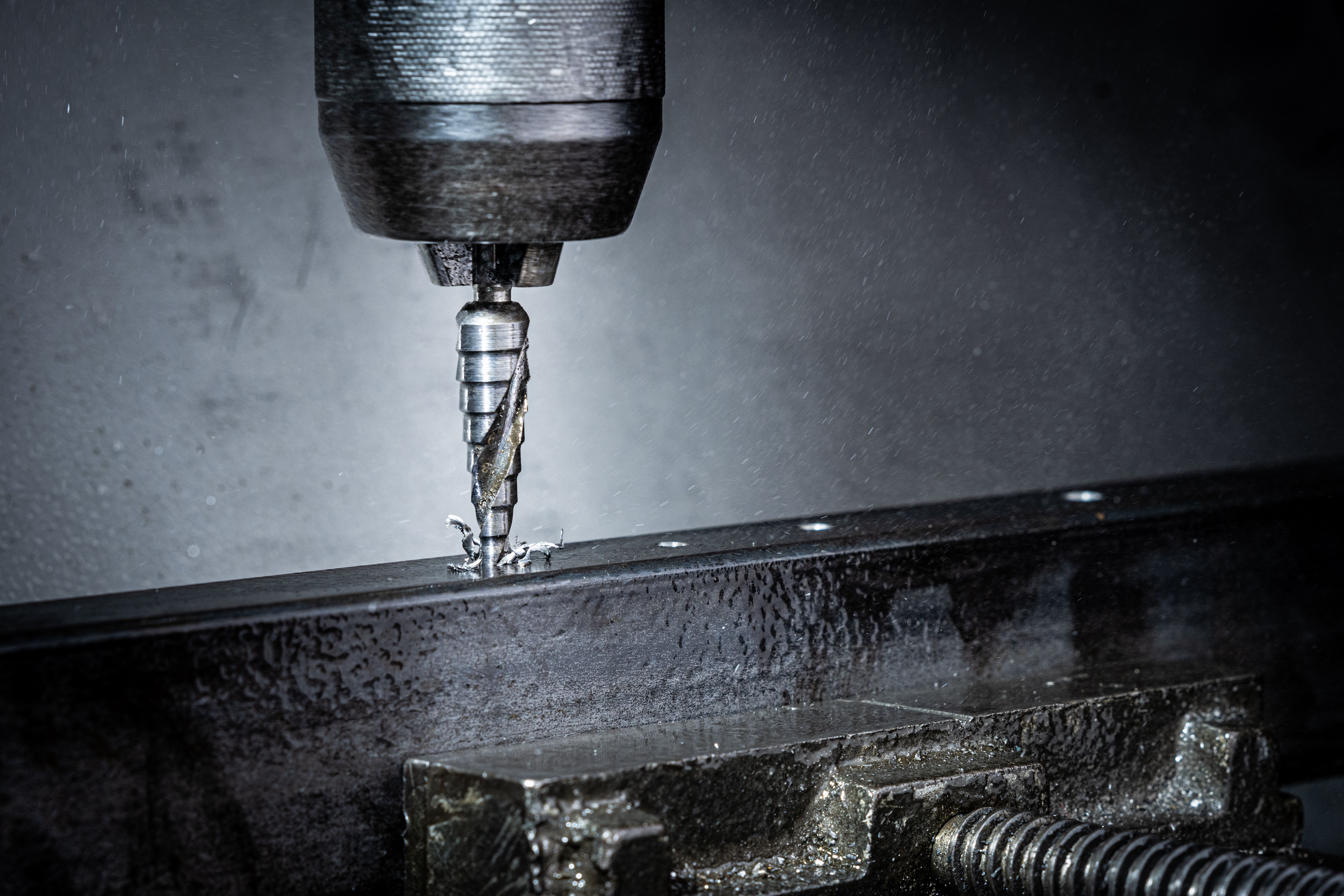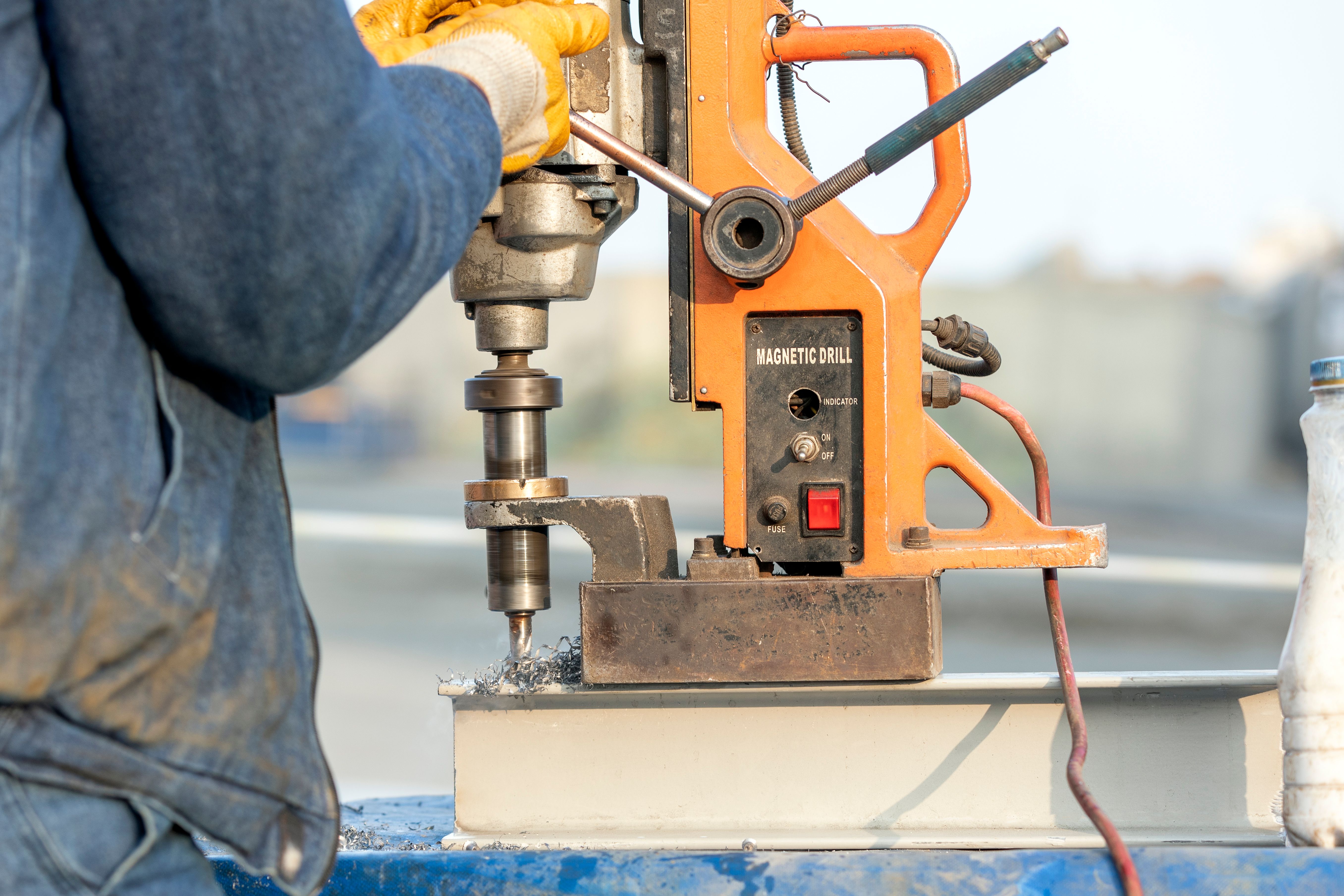Magnet Drill Evolution: From Tehran 1965 to Cologne 2025
RR
The Birth of the Magnet Drill in Tehran, 1965
The journey of the magnet drill began in an unlikely place—Tehran, 1965. This innovative tool was initially developed to address the growing demands of construction and infrastructure development. The early models were rudimentary but effective, utilizing the basic principles of electromagnetism to enhance drilling efficiency. This marked a pivotal moment in the evolution of power tools, setting the stage for decades of technological advancements.
During this era, construction projects were expanding rapidly, and the need for more efficient drilling solutions was becoming evident. The introduction of the magnet drill provided a significant improvement over traditional methods, offering enhanced precision and reduced manual effort.

Technological Advancements Through the Decades
As the years progressed, the magnet drill underwent numerous transformations. The 1970s and 1980s saw a surge in technological innovation, with manufacturers focusing on improving power output and durability. These enhancements allowed for broader applications, from construction to shipbuilding and beyond. The integration of stronger magnets and more robust motor systems became standard features, elevating the tool's performance capabilities.
By the 1990s, digital technology had begun to influence tool design. Computer-aided design (CAD) allowed for more precise engineering, leading to increased productivity and safety features in magnet drills. This era also saw a shift towards ergonomic designs, making these tools more user-friendly and accessible.

The Modern Magnet Drill: Versatility and Precision
Entering the 21st century, magnet drills have become indispensable in various industries. Modern models boast features such as variable speed controls, automatic lubrication systems, and advanced safety mechanisms. The focus has been on developing compact yet powerful units that can handle a wide range of materials with ease.
Today's magnet drills are equipped with smart technology, including digital displays and connectivity options that allow for real-time monitoring and diagnostics. These advancements have not only improved efficiency but have also reduced downtime and maintenance costs.

The Future: Cologne 2025 and Beyond
Looking ahead to 2025, the magnet drill is set to embrace even more cutting-edge technologies. In Cologne, a hub for industrial innovation, manufacturers are exploring possibilities such as integrating AI-driven algorithms for enhanced precision and predictive maintenance capabilities. These developments promise to further revolutionize how magnet drills are utilized across various sectors.
Moreover, sustainability is becoming a central focus. Efforts are underway to produce magnet drills with eco-friendly materials and energy-efficient components, aligning with global initiatives for a greener future.

Conclusion: A Legacy of Innovation
From its inception in Tehran to its anticipated advancements in Cologne, the magnet drill has continually evolved to meet the changing needs of industry professionals. Its journey reflects a broader narrative of technological progress and adaptation, highlighting the importance of innovation in driving industrial efficiency.
The future holds exciting prospects for this essential tool, promising continued advancements that will no doubt enhance its performance and utility. As we look forward to 2025 and beyond, the magnet drill remains a testament to human ingenuity and the relentless pursuit of improvement.